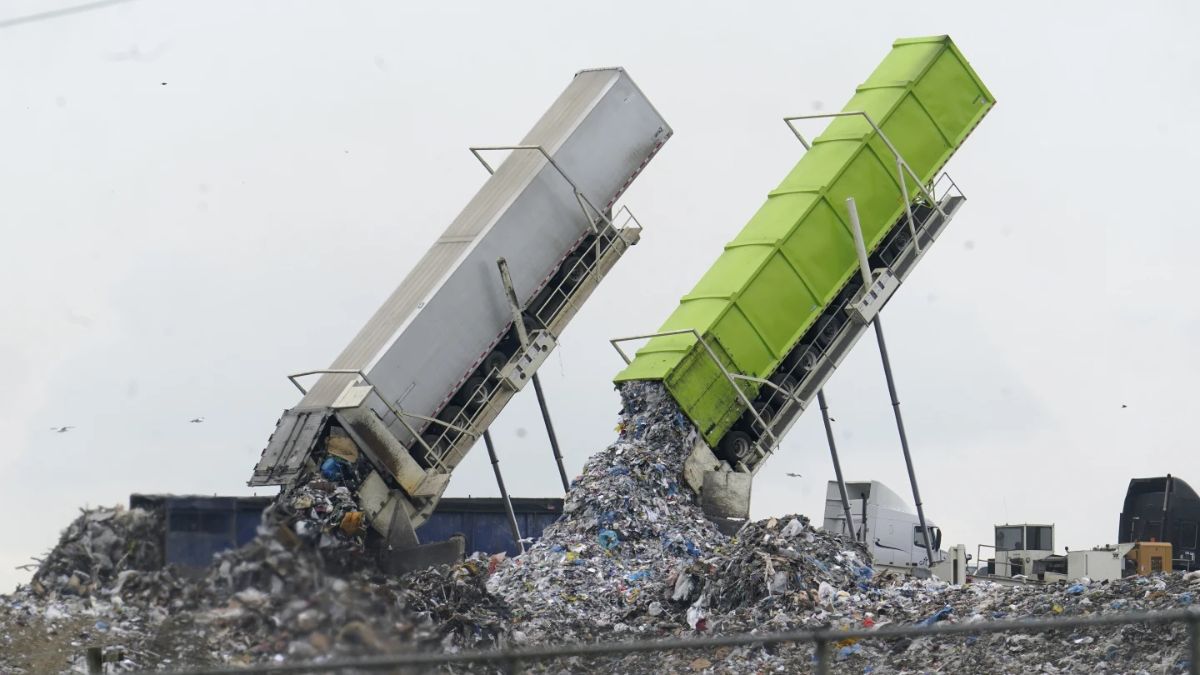Swachh Bharat Mission 2.0: Can August 15 garbage management programme clear legacy waste by 2026?

If the mountains of garbage across our cities reflect anything, then India has a major waste problem.
At the launch of the Swachh Bharat Mission 2.0 in 2021, the government had set the target of clearing cities of legacy landfills by 2026. However, as many as 2,452 dumpsites remain active, as per the Swachh Bharat Mission-Urban dashboard. With less than a year left to achieve the goal, the government has now said that it will roll out a special programme this Independence Day (August 15) to remediate 44 per cent of legacy waste in urban areas within a year.
"The focus will be on reducing the legacy waste and increasing the waste processing capacity. There will be incentives for setting up solid waste treatment plants under this programme," said housing and urban affairs minister Manohar Lal Khattar, at an event on Swachh Survekshan recently.
However, given the scale of the problem, this target can be difficult to achieve, experts warn.
Hurdles and gaps in urban legacy waste cleanup
"(At the forefront of the problem is the fact that) waste isn't segregated at the source. As a result, the mixed waste ends up at the dumpsites, which is then disposed of unscientifically," says Shweta Gautam, research associate at The Energy and Resources Institute (TERI).
Adding to that, "many states and union territories (UTs) haven't even started the biomining or remediation process itself", she says, adding that the urban local bodies have a crucial role to play here, but face financial constraints, which further aggravate the problem.
Money matters a lot here, explains Atin Biswas, programme director for solid waste management and circular economy at the Centre for Science and Environment (CSE).
According to him, "remediation is a very expensive process. As per our assessment, it can cost anywhere between ₹800 and ₹1,600 per tonne. And while a part of the money is funded by the Swachh Bharat Mission itself, the counter financing needs to come from the state or urban local bodies, who often struggle to source money".
Here, another challenge warrants attention: fresh waste. "Maybe not by 2026, but you achieve legacy waste remediation by 2030-31, but that's only the existing mountains of dump. What about the fresh waste you're producing every day?" Biswas points out.
Notably, urban India produces about 42 million tonnes of municipal solid waste annually, meaning 1.15 lakh metric tonnes per day, as per the Ministry of Housing and Urban Affairs.
"And if we're unable to do anything about that, then that would turn into a vicious cycle," comments Biswas.
Cities leading the clean-up
According to experts, Indore is a good example of how to tackle the legacy waste challenge.
"It starts from the source. People there store wet and dry waste in different bins; hence, segregated waste is collected. Then, they've designed vehicles so that wet and dry waste don't get mixed, and the wet and dry waste are treated in different facilities, and are then used to generate CNG using the biomass," explains Biswas. "There's much potential that the waste can generate," he adds.
Other such good examples are Mizoram, Chandigarh, and even Mumbai, says Gautam.
"Important here is to segregate waste at the source, financially strengthening the urban local bodies, and also understanding the nature of the waste, as it differs from city to city," she says.
India